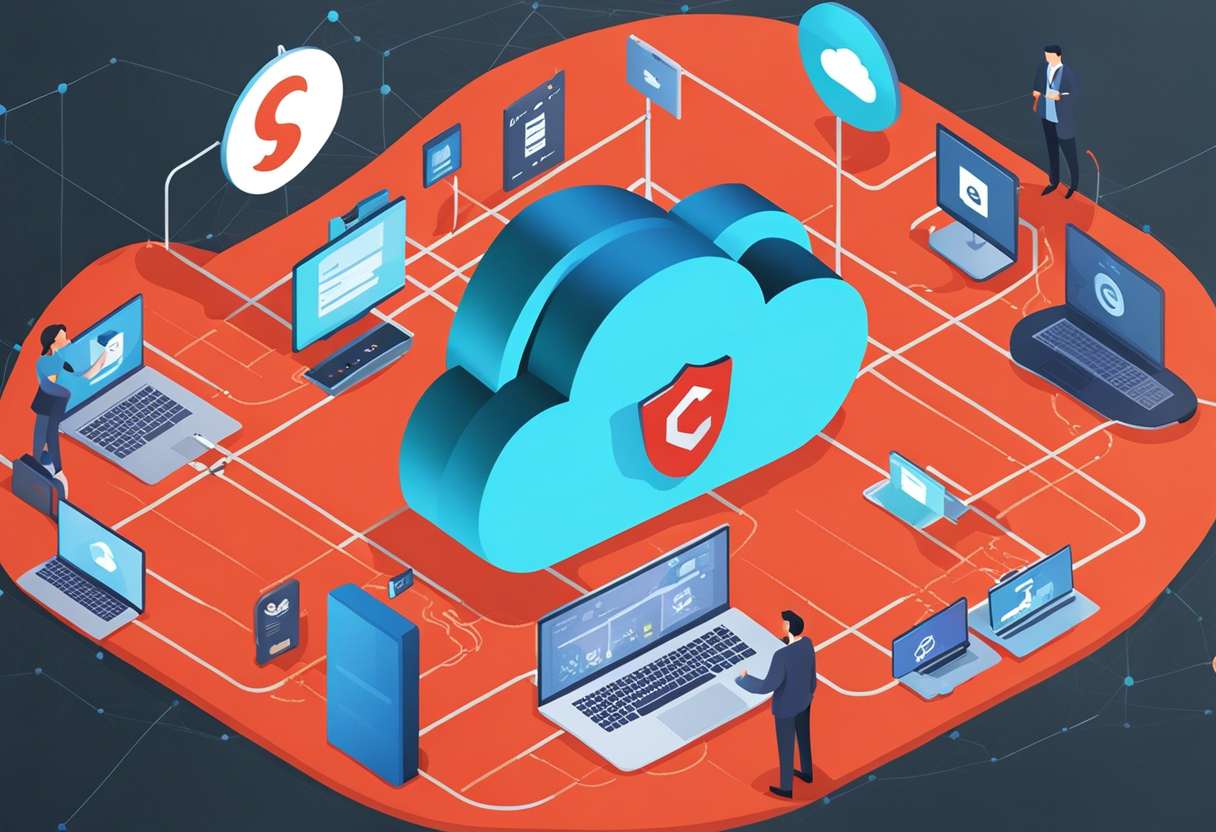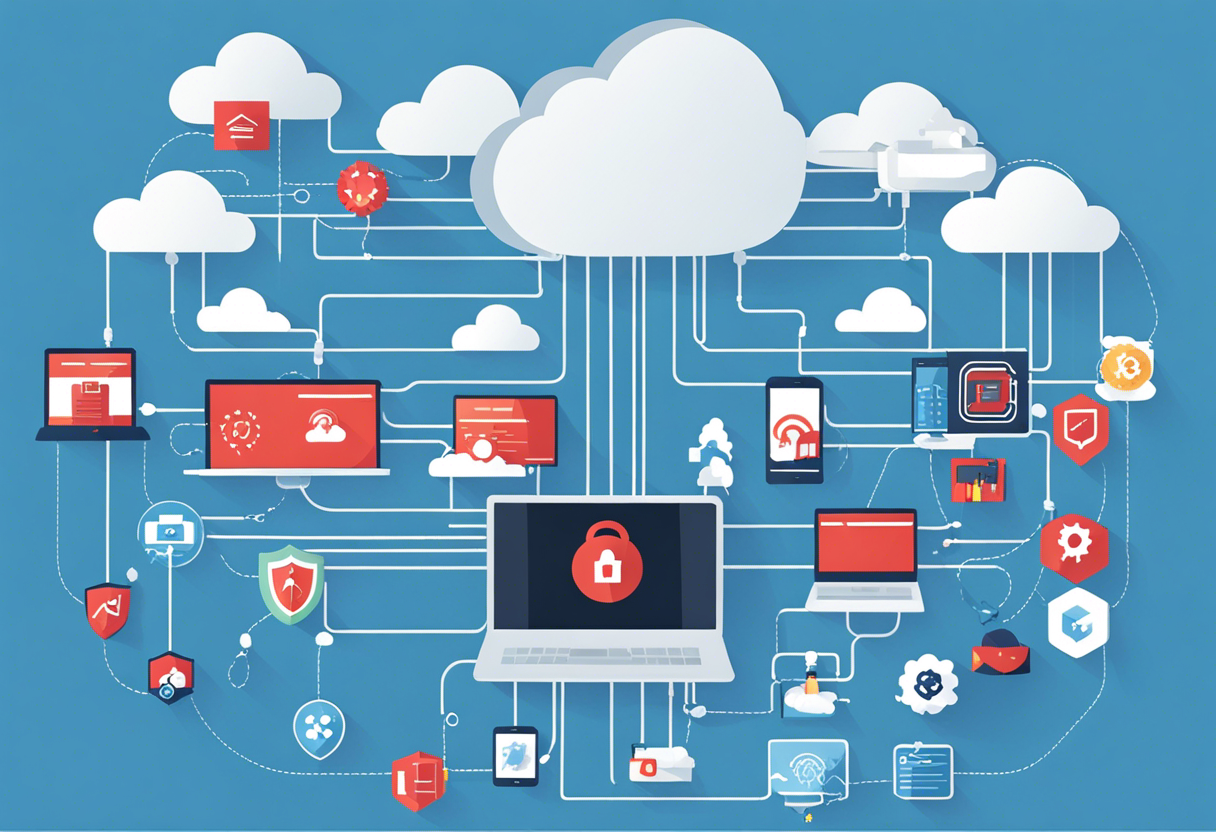Unmasking the Top Five Cloud Computing Security Threats Lurking in Shadows
Cloud computing is a rapidly evolving field. With its growth comes new challenges in ensuring security. The dynamic nature of cloud-based services makes predicting potential threats complex. However, we have identified the top five security risks currently lurking in the shadows, ready to undermine data integrity and privacy. These threats highlight the continual battles companies face in maintaining secure systems in the cloud.
The first among these is "Data Breaches.” A data breach is an incident where unauthorized individuals access digital files, potentially resulting in confidential information being viewed, stolen, or used for nefarious purposes. In the world of cloud computing, data breaches often occur due to insufficient access controls or vulnerabilities within the system itself.
Data breaches are challenging to handle because they often go undetected until the harm is done. Cloud service providers and users must implement comprehensive security protocols, comprising encryption, strict access controls, and regular monitoring, to detect and prevent breaches swiftly.
Cloud Misconfiguration – The Silent Saboteur

Misconfiguration of cloud settings stands as another major security threat. In order to operate effectively, cloud services require numerous complex configurations, which, if done incorrectly, may expose sensitive information or grant unwanted access privileges.
Accidental or deliberate misconfiguration can open up avenues for attack, data leaks, and other detrimental impacts. Common misconfigs include protocols for fine-tuning network traffic, content delivery networks, and Internet Security (IP) settings. To combat such threats, organizations should regularly audit their cloud configurations against industry best practices and continuously monitor change activity.
Abuse and Nefarious Use of Cloud Services

The third threat rising from the shadows is the malicious use of cloud services. Sophisticated cybercriminals can exploit cloud platforms for multiple purposes, including launching attacks on other systems, propagating malware, or hosting illegal content.
Maintaining security measures like IP blacklisting, filtering, and anomaly detection tools can help identify and stop these malevolent activities. Furthermore, user education about the risks associated with compromising their login credentials and the importance of strong passwords would serve as added preventive measures.
Insecure API Endpoints - A Doorway to Disaster

Next up is the issue of insecure API interfaces. Application Programming Interfaces (APIs) are a critical part of the cloud platform, enabling communication between different software components. However, if an API is insecure, it could be exploited, leading to unauthorized access or data loss.
Implementing robust authentication mechanisms, employing encryption, and adopting API security testing can limit API vulnerabilities. Maintaining proper session management and rate-limiting requests can also improve the safety of these critical system components.
Account Hijacking – A Wolf in Sheep's Clothing

The final threat lurking in the shadow is account hijacking. In this scenario, attackers gain unauthorized access to cloud accounts and manipulate the resources to achieve malicious objectives. This could lead to data leakage, damage to the account holder's reputation, and financial loss.
To counter this threat, strong password policies, multi-factor authentication methods, and continuous monitoring of account activity should be in place. Regular audit trails and alert systems can also go a long way in detecting such intrusions early.
While these threats appear daunting, they serve to remind us of the importance of staying vigilant in the ever-changing world of cloud computing. Knowledge is power. As we unmask these lurking shadow threats, we arm ourselves with the knowledge needed to tackle potential challenges and maintain secure cloud systems.







